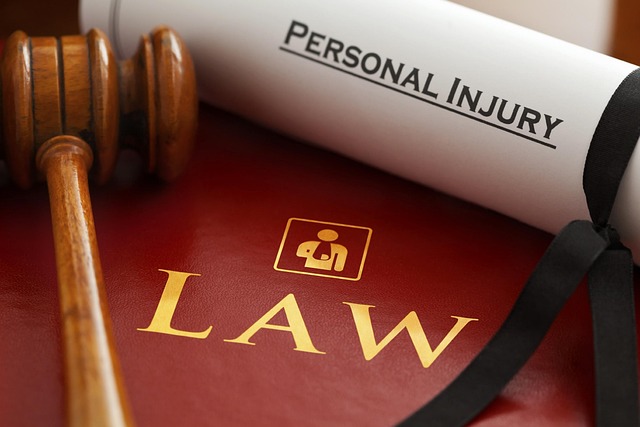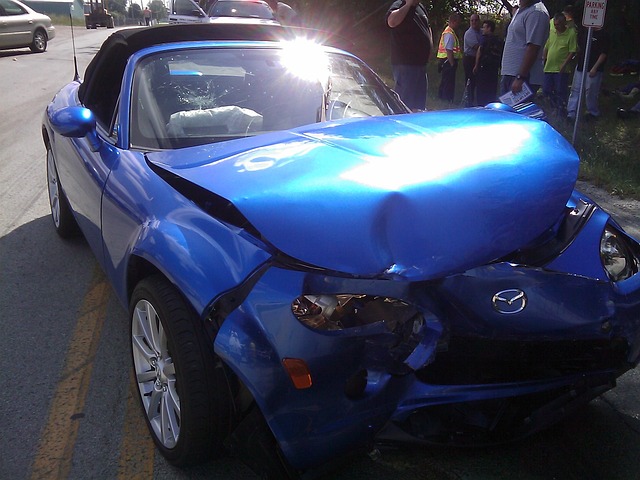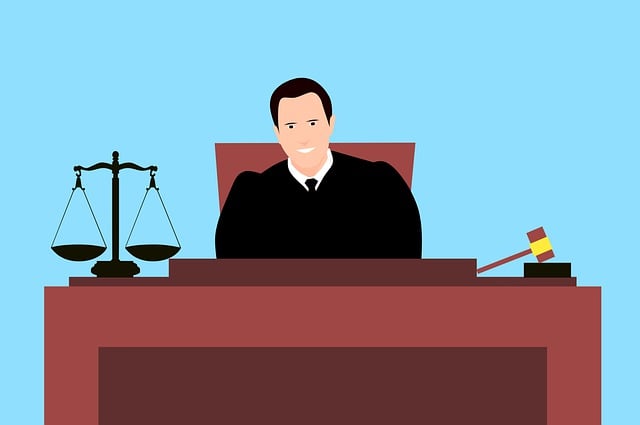Bicycle hit-and-run incidents are rising in urban areas, causing severe injuries or fatalities due to cyclists' vulnerability. Peak hours and zones near schools/parks have higher incident rates, necessitating improved visibility, stricter traffic rules, and targeted safety campaigns. Collaboration between cycling communities and authorities is vital for identifying high-risk areas, improving road infrastructure, and educating both cyclists and drivers. Proactive measures include wearing protective gear, proper vehicle lighting, enhanced cyclist visibility, and attentive driving. After an incident, first aid, scene documentation, and reporting are crucial; evidence capture, police reports, and re-evaluating safety measures help deter future accidents, potentially preventing legal implications like medical malpractice or caregiver negligence claims.
Bicycle hit-and-run incidents are a growing concern, with worrying trends emerging across urban areas. This article delves into the statistics and patterns behind these accidents, offering insights into their frequency and impact. We explore effective prevention strategies for both cyclists and drivers, focusing on safe riding practices and enhanced mutual awareness. Additionally, we discuss post-incident procedures and safety measures to improve cycling security, highlighting the collective responsibility in making our roads safer.
- Understanding Bicycle Hit-and-Run Incidents: Statistics and Patterns
- Risk Mitigation: Prevention Strategies for Cyclists and Drivers
- Post-Incident Procedures and Safety Measures to Enhance Cycling Security
Understanding Bicycle Hit-and-Run Incidents: Statistics and Patterns

Bicycle hit-and-run incidents are a growing concern on urban roads, with alarming statistics indicating an upward trend in recent years. According to research, these accidents often result in severe injuries or even fatalities for cyclists due to the lack of protection and vulnerability of their position on the road. The data reveals that certain patterns emerge, with peak hours and areas near schools or parks showing higher incident rates. This suggests that increased visibility, stricter enforcement of traffic rules, and targeted safety campaigns are essential strategies to mitigate these accidents.
Understanding these trends is crucial in devising effective prevention measures. Cycling communities and authorities must collaborate to identify high-risk zones, implement better road infrastructure, and educate both cyclists and motorists about sharing the road safely. Moreover, encouraging riders to wear protective gear and ensuring proper lighting on their vehicles can significantly reduce the impact of potential accidents. An accident lawyer or attorney specializing in these cases can play a vital role in holding drivers accountable when such incidents occur.
Risk Mitigation: Prevention Strategies for Cyclists and Drivers

Bicycle hit and run incidents pose significant risks to cyclists’ safety, prompting a need for proactive prevention strategies from both cyclists and drivers. To mitigate these risks, cyclists should prioritize visibility by wearing reflective clothing or gear during low-light conditions, ensuring their bicycles are equipped with functioning lights, and following traffic rules diligently. Regular maintenance of bicycles, including proper tire pressure and brake checks, can also significantly reduce the likelihood of accidents.
Drivers bear a corresponding responsibility to share the road safely. This involves maintaining attentive driving, especially in areas frequented by cyclists, adhering to speed limits, and constantly scanning for potential hazards. Respecting cycling lanes and making allowances for cyclist movements within their designated spaces are crucial. Moreover, fostering a culture of mutual respect and understanding between cyclists and drivers can contribute to a safer road environment, thereby reducing the incidence of bicycle hit and run cases that may lead to medical malpractice claims or business litigation over fiduciary duty breaches.
Post-Incident Procedures and Safety Measures to Enhance Cycling Security

After a bicycle hit-and-run incident, immediate post-incident procedures are crucial for enhancing cycling safety and preventing similar future occurrences. Victims or witnesses should first ensure the cyclist’s well-being by providing basic first aid if necessary. Then, documenting the accident is vital; taking photos of the scene, the vehicle involved (if visible), and any visible injuries can serve as evidence. Contacting local law enforcement to file a report is essential, as this helps in identifying and apprehending the responsible party.
Additionally, cycling safety measures should be re-evaluated following such incidents. This might include wearing high-visibility clothing, investing in reliable lighting systems for bikes, and adhering to traffic rules more strictly. For communities, implementing better street infrastructure, like dedicated bike lanes and improved lighting, can deter hit-and-run incidents. Moreover, promoting cycling safety education among both cyclists and motorists can foster a culture of shared responsibility, potentially reducing these tragic events and their consequences, including potential wrongful death claims or caregiver negligence in the event of severe injuries.
Bicycle hit-and-run incidents are a growing concern, but by understanding the trends and implementing preventive measures, we can make our roads safer. Risk mitigation strategies for both cyclists and drivers, combined with improved post-incident procedures, can significantly enhance cycling security. Let’s prioritize these safety measures to protect vulnerable road users and foster a more inclusive and secure cycling environment.






